The DO Loop
Statistical programming in SAS with an emphasis on SAS/IML programs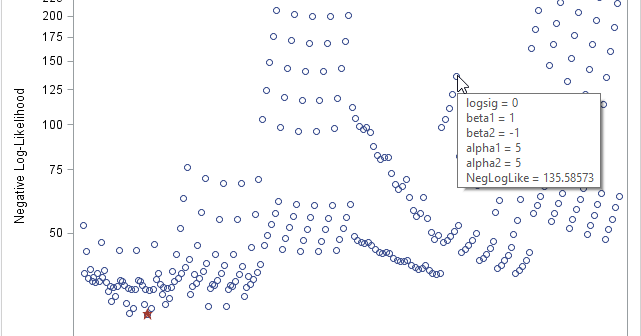
When you fit nonlinear fixed-effect or mixed models, it is difficult to guess the model parameters that fit the data. Yet, most nonlinear regression procedures (such as PROC NLIN and PROC NLMIXED in SAS) require that you provide a good guess! If your guess is not good, the fitting algorithm,
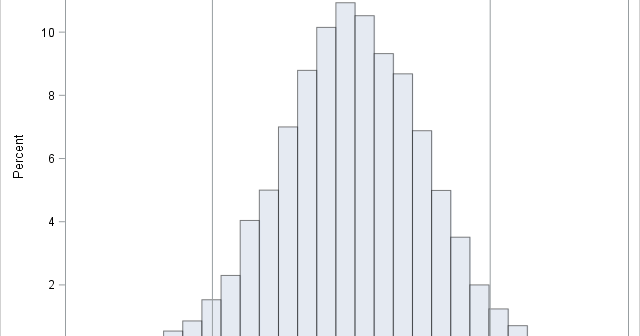
A previous article provides an example of using the BOOTSTRAP statement in PROC TTEST to compute bootstrap estimates of statistics in a two-sample t test. The BOOTSTRAP statement is new in SAS/STAT 14.3 (SAS 9.4M5). However, you can perform the same bootstrap analysis in earlier releases of SAS by using
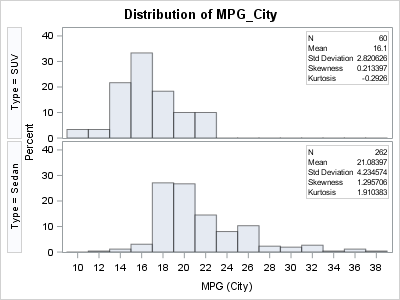
Bootstrap resampling is a powerful way to estimate the standard error for a statistic without making any parametric assumptions about its sampling distribution. The bootstrap method is often implemented by using a sequence of calls to resample from the data, compute a statistic on each sample, and analyze the bootstrap
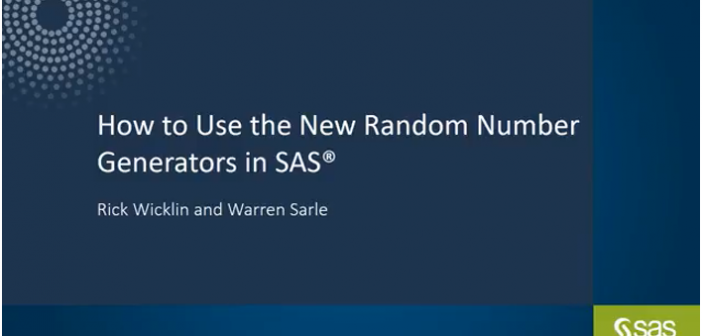
My 2018 SAS Global Forum paper was about "how to use the random-number generators (RNGs) in SAS." You can read the paper for details, but I recently recorded a short video that summarizes the main ideas in the paper. In particular, the video gives an overview of the new RNGs
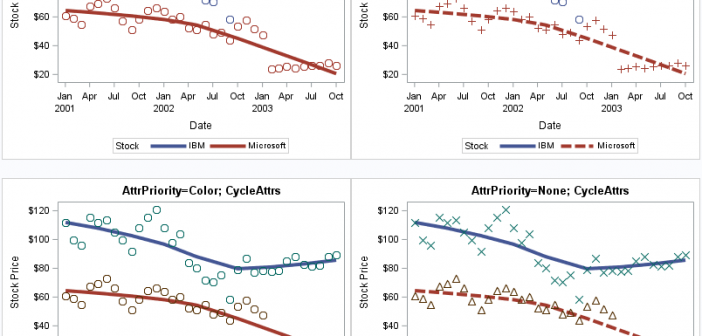
If you use PROC SGPLOT to create ODS graphics, "ATTRS" are everywhere. ATTRS is an abbreviation of "attributes." Most options that change the attributes of a graphical element end with the ATTRS suffix. For example, the MARKERATTRS option modifies attributes of markers, the LINEATTRS option modifies attributes of lines, and

In SAS, the reserved keyword _NULL_ specifies a SAS data set that has no observations and no variables. When you specify _NULL_ as the name of an output data set, the output is not written. The _NULL_ data set is often used when you want to execute DATA step code
